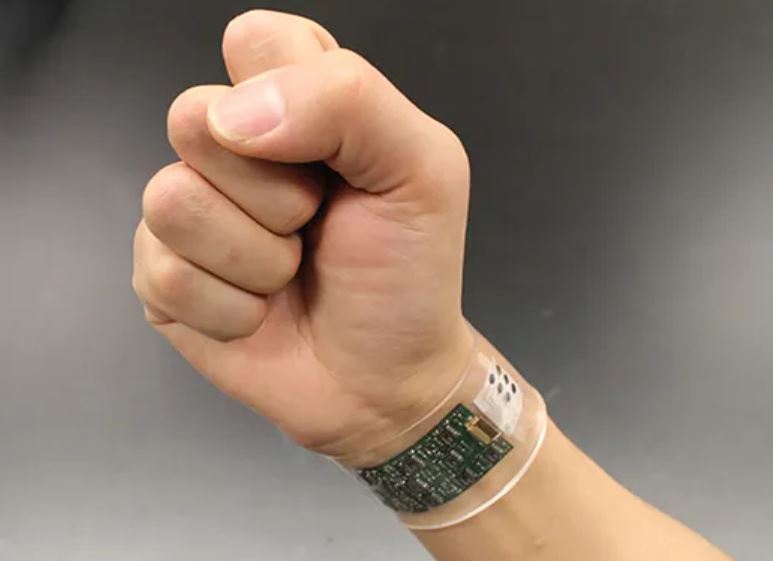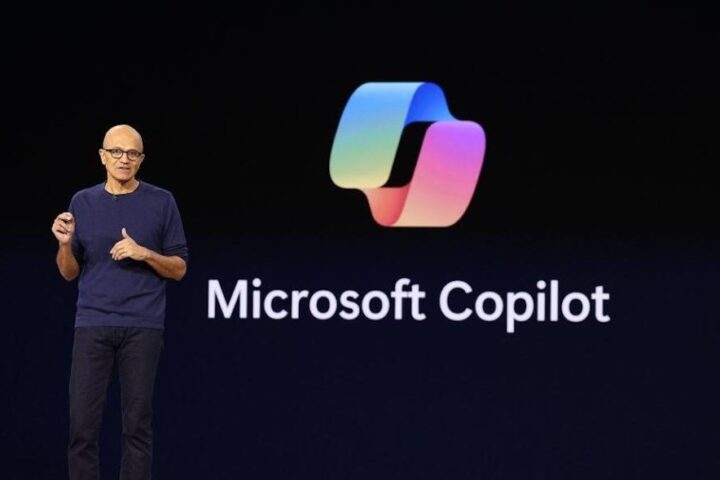 Imagine a world where your smartwatch not only tells you the time but also keeps tabs on your hydration and stress levels. Thanks to some brilliant minds at UC Berkeley, that world is here. They’ve developed an innovative sweat sensor that can be integrated into wearable tech like smartwatches, offering real-time feedback on both hydration and stress.
Imagine a world where your smartwatch not only tells you the time but also keeps tabs on your hydration and stress levels. Thanks to some brilliant minds at UC Berkeley, that world is here. They’ve developed an innovative sweat sensor that can be integrated into wearable tech like smartwatches, offering real-time feedback on both hydration and stress.
This cutting-edge device uses something called electrodermal activity (EDA) to provide insights into your body’s needs. The sensor is designed with a microfluidic channel and breathable μ-lace electrodes, which means it fits snugly against your skin without causing discomfort. Whether you’re hitting the gym or stuck at your desk, this sensor helps you keep track of fluid loss, making it a game-changer for both athletes and office workers.
Previously, EDA was mainly used to assess mental stress, but the researchers at UC Berkeley have found a way to use it for measuring hydration too. This opens up a whole new dimension in how we monitor our physiological state. Ali Javey, the principal investigator of the study and a professor of electrical engineering and computer sciences, put it best: “This technology paves the way for passive, everyday monitoring using familiar devices.”
What’s great about this device is its thin, breathable design, which makes it perfect for fitness trackers. You get continuous feedback without lugging around bulky equipment. Seung-Rok Kim, a co-lead author of the study, emphasized how crucial this design is for user-friendliness, allowing seamless tracking of your physical exertion, hydration, and stress.
One of the standout features of this technology is the use of breathable electrodes. These solve a major problem that previous sensors had—trapping sweat, which messed with the EDA signal. The research team tested three types of water-permeable electrodes to see how well they tracked sweat during different tasks. Yifei Zhan, a graduate researcher, highlighted how this device could help athletes avoid dehydration during training and assist office workers in managing stress.
By enhancing physiological sensing, this technology empowers you to make informed decisions about exercise, rest, and mental well-being. Future research will delve into how factors like temperature and humidity affect the EDA signal, aiming to refine the accuracy and personalization of these wearable health monitors.
This innovation marks a significant step forward in non-invasive health monitoring technology, making it easier than ever to stay in tune with your body.








